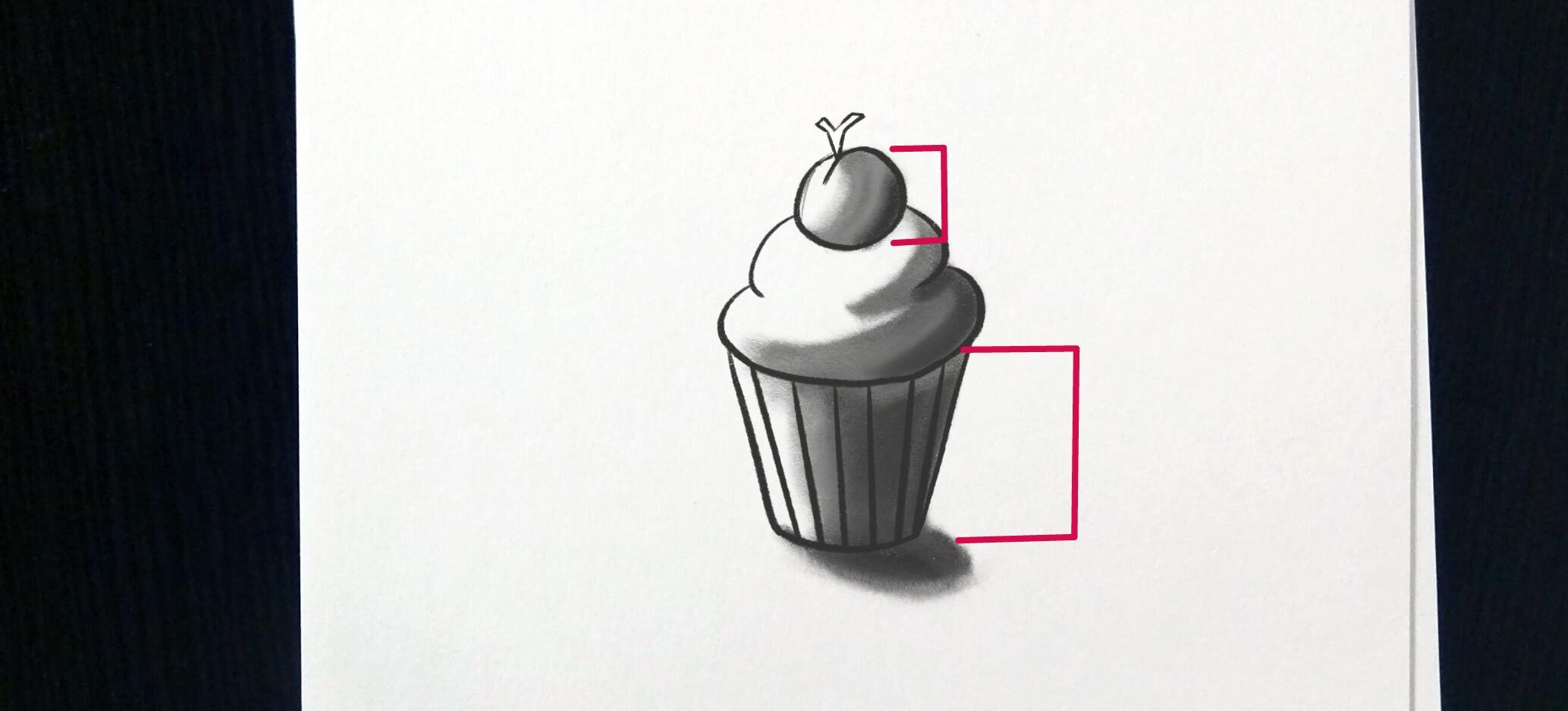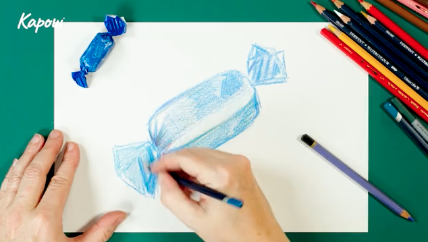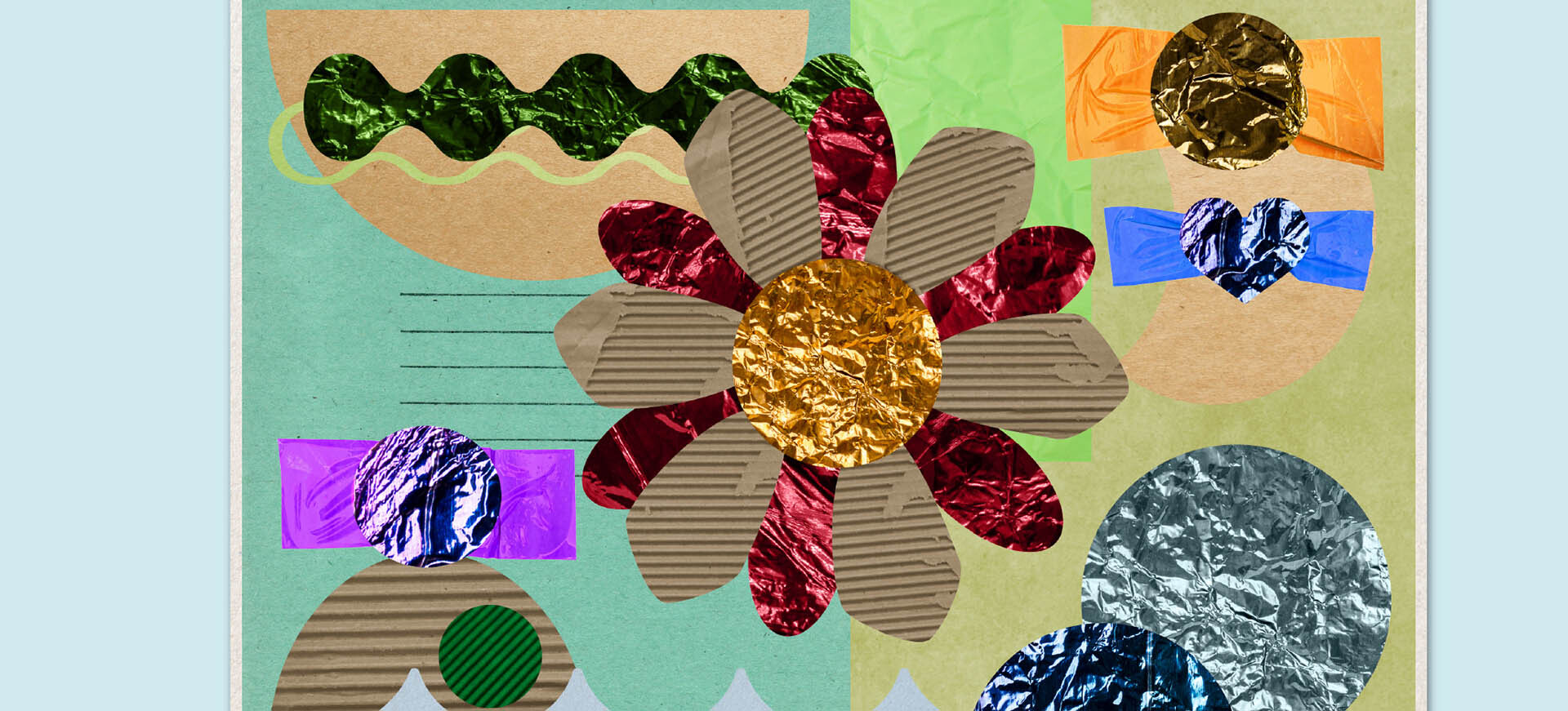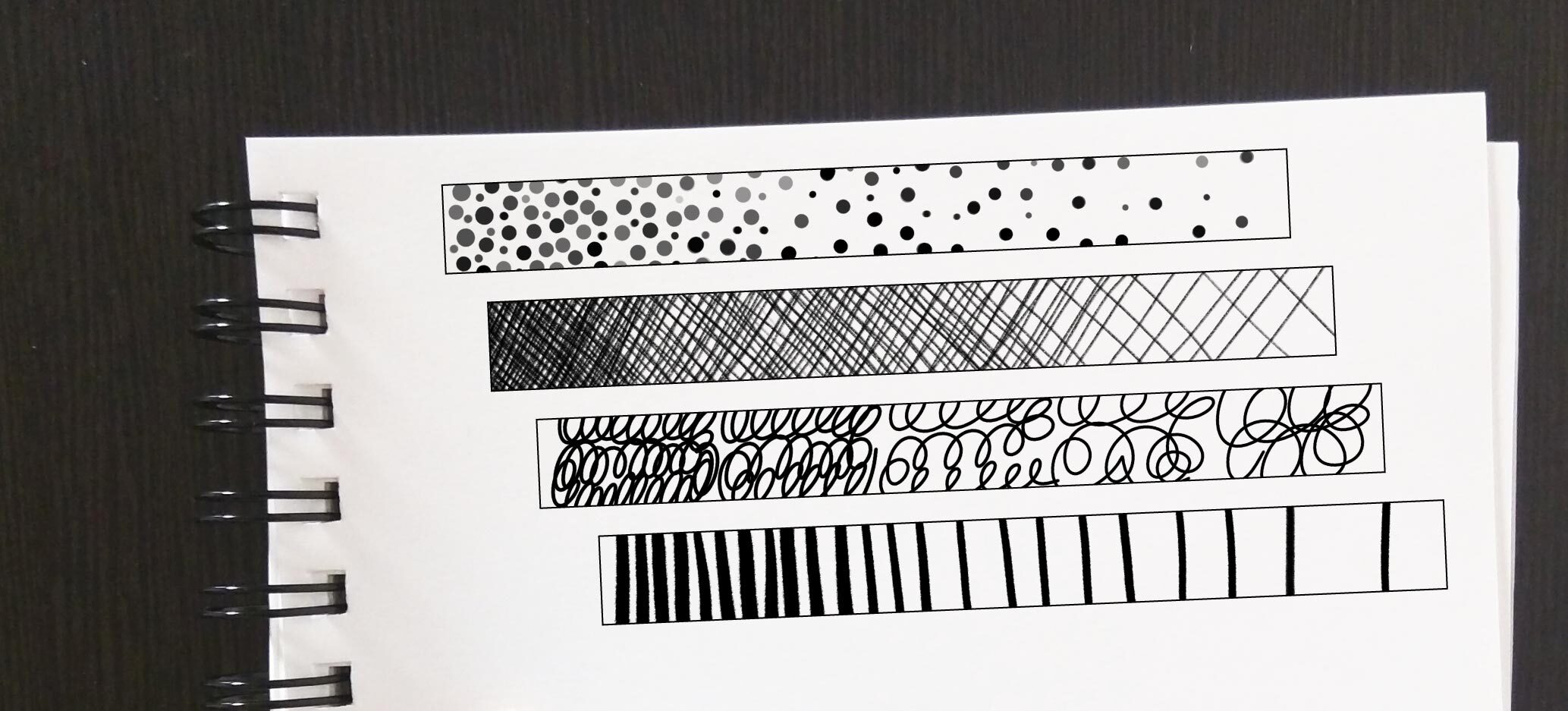Learning intention
- To draw using tone to create a 3D effect.
Success criteria
- I can notice
This content is for subscribers only. Join for access today.
Cambridge Primary Art & Design (0067) Learning objectives
Experiencing
E.01 Encounter, sense, experiment with
This content is for subscribers only. Join for access today.
Before the lesson
This content is for subscribers only. Join for access today.
Lesson plan
Recap and recall
Check learners can recall: The term shading and the purpose of shading in art (to create depth, make objects look more realistic and show where light and shadows fall). How to hold the pencil to shade (the shading grip). The four rules of shading (use the side of the pencil, shade in one direction, press…
This content is for subscribers only. Join for access today.
Extended-mode explainer videos
How to extend your display to view the lesson page and preseantion mode simultaneously. Choose your operating system below to watch the video
If you need further support with extending your display,
please contact [email protected].
Differentiation
Learners needing support:
- Could have a limited choice of colouring pencils rather than a large selection.
- Could focus on showing the light and dark tones first, then add in mid-tones when confident.
- Could use the Activity: Images, which shows objects with consistent lighting.
Learners working at a stretch:
- Could have more than one object to sketch in the Main event.
- Could sketch the object(s) from more than two different angles.
This content is for subscribers only. Join for access today.
Assessing progress and understanding
Learners with secure understanding can:
- Observe objects closely to notice the areas
This content is for subscribers only. Join for access today.
Vocabulary definitions
-
form
To take or make something take a particular shape.
-
highlight
A bright spot or area that makes something stand out or look shiny.
This content is for subscribers only. Join for access today.





